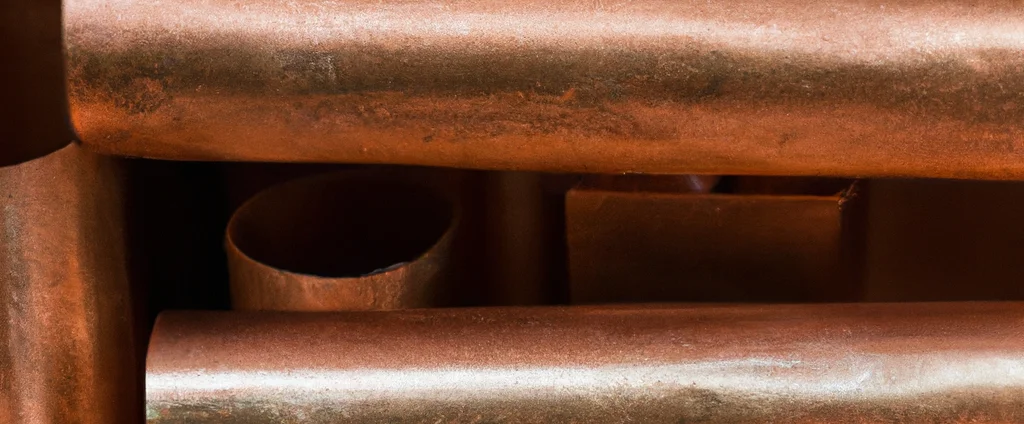Aluminum Brass (UNS C68700)

Aluminum brass C68700 is a high-performance copper alloy, offering excellent corrosion resistance, particularly in marine environments. It features strong thermal conductivity, mechanical strength, and formability, making it ideal for use in heat exchangers, condenser tubes, and marine applications.
| Chemical Composition | ||
|---|---|---|
| Element | Min | Max |
| Copper | 76.0% | 79.0% |
| Aluminum | 1.8% | 2.5% |
| Arsenic | 0.02% | 0.06% |
| Iron | —— | 0.06% |
| Lead | —— | 0.07% |
| Zinc | —— | Remainder |
The following table provides a list of aluminum brass C68700 properties in both SI and US customary/Imperial units.
Click on the button to switch between Metric and Imperial units.
| Physical Properties | Metric |
|---|---|
| Density | 8330 kg/m3 |
| Mechanical Properties | Metric |
| Tensile Strength | 410 MPa |
| Yield Strength | 180 MPa |
| Young’s Modulus (E) | 110 GPa |
| Shear Modulus (G) | 51 GPa |
| Elongation at Break | 55% |
| Poisson’s Ratio (ν) | 0.32 |
| Thermal Properties | Metric |
| Melting Point | 930 - 970 °C |
| Thermal Conductivity | 100 W/m·K |
| Specific Heat Capacity (Cp) | 377 J/kg·K |
| Coefficient of Thermal Expansion (αL) | 1.85×10-5 1/°C |
| Electrical Properties | Metric |
| Electrical Conductivity | 1.33×107 S/m |
| Electrical Resistivity | 7.5×10-8 Ω·m |
The values in this table are approximate and can vary depending on various factors such as the specific manufacturing process and heat treatment applied to the alloy.
Advantages & Disadvantages of Aluminum Brass C68700
| Advantages | Disadvantages |
|---|---|
| Excellent corrosion resistance | High cost |
| High thermal conductivity | Limited availability |
| Good formability |
Applications of Aluminum Brass C68700
Aluminum Brass C68700 is utilized in various applications due to its corrosion resistance, thermal conductivity, and durability in harsh environments. Key applications include:
- Heat exchangers: The high thermal conductivity and corrosion resistance make it well-suited for heat exchangers. It is commonly employed in both industrial and marine heat exchanger systems.
- Condenser tubes: Due to its resistance to dezincification and corrosion, it is frequently used in condenser tubes for power plants, desalination plants, and other applications involving heat transfer.
- Plumbing fittings: The corrosion resistance makes it suitable for plumbing fittings, valves, and components exposed to water and other corrosive substances.
- Marine hardware: Its corrosion resistance and durability make it a popular choice for marine hardware applications such as fittings, valves, propeller shafts, and other components that are exposed to seawater.
- Architectural applications: The attractive appearance, combined with corrosion resistance, makes it ideal for architectural applications. It is commonly used for handrails, decorative elements, ornamental structures, and other similar purposes.
- Tube and pipe fittings: It is employed in the manufacturing of tube and pipe fittings that require good corrosion resistance and formability.
